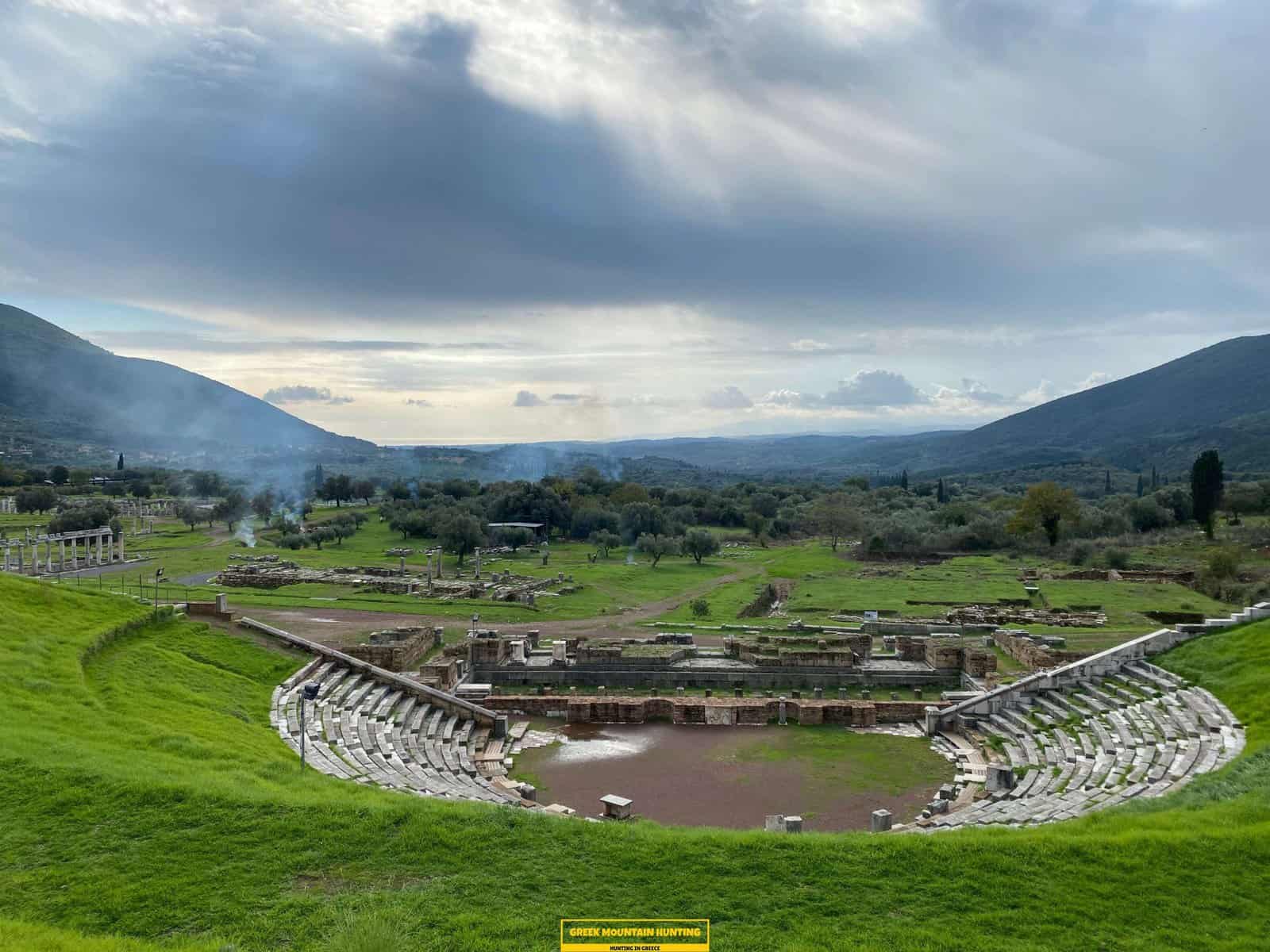Ideal ibex hunting in Greece
Ideal ibex hunting in Greece
Blog Article

To lots of people, The Peloponnese peninsula on the Greek Mainland is the 'actual' Greece, where things have actually not changed a lot in any way over the centuries although that lots of people have actually uncovered it. This is an area where you might quickly invest a month, but if you are short in a timely manner after that our exterior hunting, Fishing, cost-free diving and exploring Peloponnese Tours from Methoni is a terrific remedy.

This Ibex is not a petite type of the Bezoar Ibex, which has actually moved to the western edge of its range. The kri-kri (Capra aegagrus cretica), likewise referred to as the Cretan goat, Agrimi, or Cretan Ibex, is a wild goat native to the Eastern Mediterranean. The kri-kri (Capra aegagrus cretica), a feral goat inhabiting the East Mediterranean, was once thought to be a subspecies of wild goat. The kri-kri has a light brownish coat with a darker neck band. Their two sweeping horns climb from their head. The kri-kri is a timid and careful pet in the wild, relaxing during the day. They can leap cross countries or climb apparently sheer high cliffs.
On our Peloponnese tours, you'll reach experience all that this amazing area needs to use. We'll take you on a tour of several of one of the most historical and gorgeous sites in all of Greece, consisting of old ruins, castles, and also a lot more. You'll likewise reach experience a few of the traditional Greek society firsthand by appreciating a few of the scrumptious food and also white wine that the region is recognized for. As well as certainly, no trip to Peloponnese would certainly be full without a dip in the gleaming Mediterranean Sea! Whether you're a skilled hunter looking for a brand-new experience or a first-time vacationer simply wanting to check out Greece's sensational landscape, our Peloponnese tours are excellent for you. What are you waiting for? Book your trip today!
Experience 'Real' Greece with Our Peloponnese Tours. If you're looking for an authentic Greek experience, look no more than our Peloponnese tours. From old ruins as well as castles to scrumptious food and red wine, we'll reveal you everything that this amazing area has to supply. What are you waiting for? Reserve your trip today! Your Kri Kri ibex hunting in Greece is right here!
What is the diference between Kri Kri ibex, Bezoar ibex and hybrid ibex
The kri-kri is not thought to be indigenous to Crete, most likely having been imported to the island during the time of the Minoan civilization. Nevertheless, it is found nowhere else and is therefore endemic to Crete. It was common throughout the Aegean but the peaks of the 8,000 ft (2,400 m) White Mountains of Western Crete are their last strongholds–particularly a series of almost vertical 3,000 ft (900 m) cliffs called ‘the Untrodden’—at the head of the Samaria Gorge. This mountain range, which hosts another 14 endemic animal species, is protected as a UNESCO Biosphere Reserve. In total, their range extends to the White Mountains, the Samaria National Forest and the islets of Dia, Thodorou, and Agii Pandes.
This Ibex is NOT a diminutive form of the Bezoar Ibex, which has migrated into the western-most reach of the range of this species. The kri – kri (Capra aegagrus cretica), sometimes called the Cretan goat, Agrimi, or Cretan Ibex, is a feral goat inhabiting the Eastern Mediterranean, previously considered a subspecies of wild goat. The kri-kri has a light brownish coat with a darker band around its neck. It has two horns that sweep back from the head. In the wild they are shy and avoid tourists, resting during the day. The animal can leap some distance or climb seemingly sheer cliffs.
“The agrimi goat Capra aegagrus cretica is unique to Crete and its offshore islands. It has been identi®ed as a sub-species of the wild bezoar goat Capra aegagrus aegagrus Erxleben, 1777, which it closely resembles in horn shape, body form and coloration. This classi®cation has been disputed by some researchers who claim that the agrimi are feral goats, derived from early domestic stock brought to the island by the ®rst Neolithic settlers. In order to clarify this issue, DNA analyses (cytochrome b and D loop sequences) were carried out on tissue of live and skeletonized agrimi and compared to sequences of wild and domestic caprines. Results conclusively show the agrimi to be a feral animal, that clades with domestic goats (Capra hircus) rather than with wild Asiatic bezoar. This study demonstrates that morphometric criteria do not necessarily re¯ect genetic af®nities, and that the taxonomic classi®cation of agrimi should be revised.”
Report this page